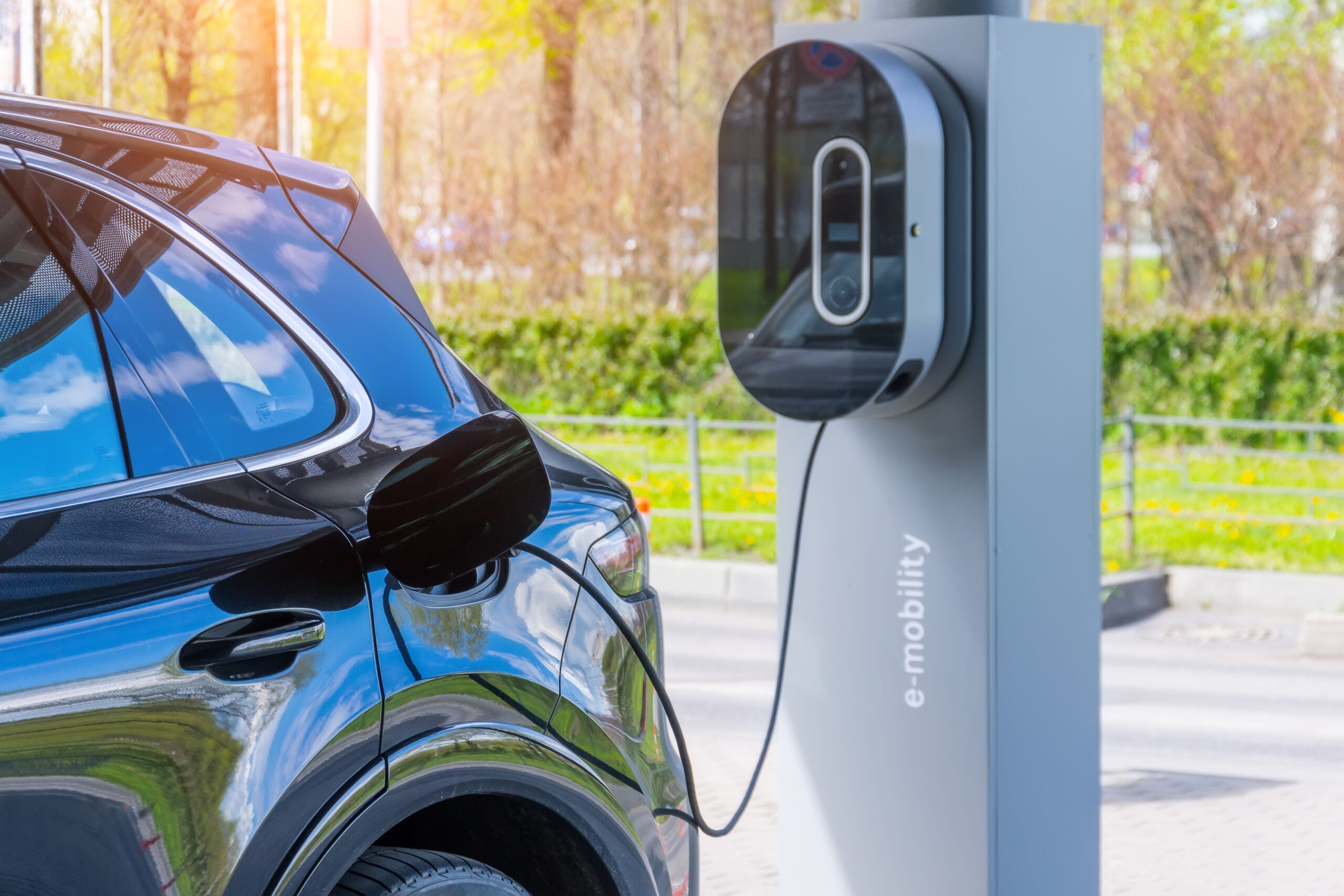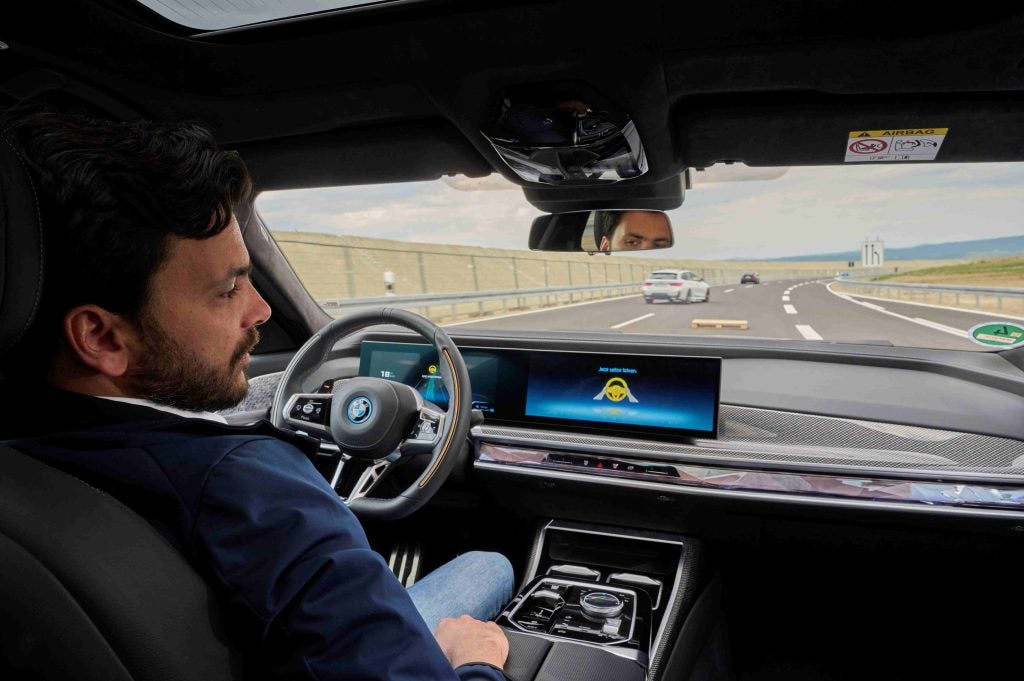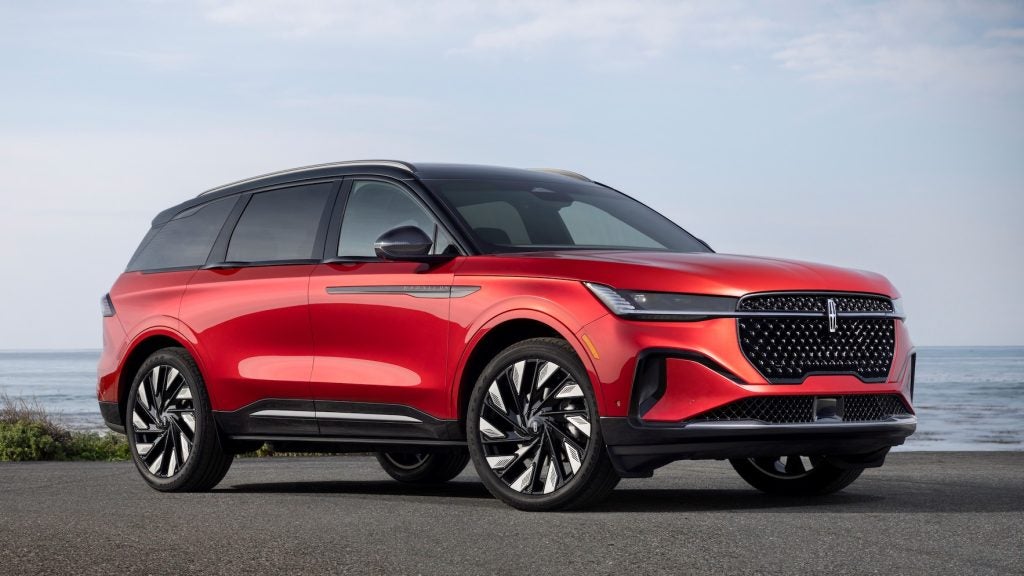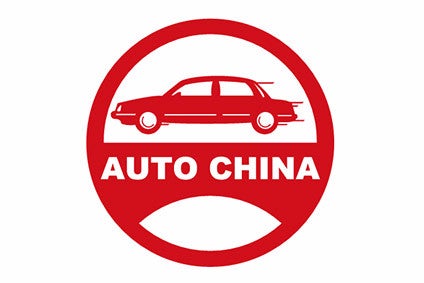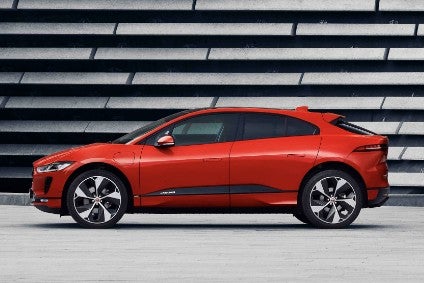
Probably because of how far worldwide sales of the XE and XF have fallen, nowadays JLR rarely alerts the media to its brands’ performance by model. Which makes some of us wonder just how strong demand for the Jaguar I-Pace may or may not be.
Having finally had the chance to try out the electric Jag, it’s clear that that this is an impressive piece of design. Unlike most friends and colleagues, I wasn’t at all sure about the looks. That is until seeing the car for myself. The problem is the perplexingly inconsistent approach to exterior design which has become synonymous with Jaguar.
How well do you really know your competitors?
Access the most comprehensive Company Profiles on the market, powered by GlobalData. Save hours of research. Gain competitive edge.

Thank you!
Your download email will arrive shortly
Not ready to buy yet? Download a free sample
We are confident about the unique quality of our Company Profiles. However, we want you to make the most beneficial decision for your business, so we offer a free sample that you can download by submitting the below form
By GlobalDataWhy are some Jaguars beautiful and some bland?
Why do the XE and XF, first rate cars both, look so similar and so, well…ordinary? The F-Pace and E-Pace are far more distinctive when ranged against their respective class rivals. Yet the same problem applies here too. How is it that the Design head who must have signed off on the work of those who designed the F-Type also approved the Russian-doll approach for the XE and XF as well as the E- and F- Paces? Perhaps that mistake has been recognised: the brand’s newest model looks like no other Jaguar and it’s highly distinctive. The rival EQC and e-tron look good but is either a head-turner or even stands out from other Mercedes and Audi SUVs? Most people think not. Will any of these D segment electric SUV sell well next year? No-one really knows. Which means those who are apparently having to decide whether or not to turn Jaguar into an EV-only brand have a lot of educated guesses to make.
Will facelifts for the XE and XF bring proper differentiation?
We won’t have to wait much longer to learn whether or not Jaguar design is taking a turn for the better when it comes to what should have been the brand’s two mainstream models. Should have been means simply that neither car has found nearly as much popularity as it deserves. Both XE and XF are to be facelifted in 2019, production of the updated cars being due to start at Castle Bromwich during the third week of March. The Chery-JLR plant in Changshu will then start producing equivalent restyled versions of the XEL and XFL sedans.
Sales: good in Europe and USA, not so good in China
If Jaguar can make the E and F both distinctive in a good way and easy to tell apart for the first time, then sales may start to climb. As it is, neither has had a terribly good 2018. Chinese data crunched by CAAM show 10,227 registrations for the XEL during the year to the end of November and 13,001 for the XFL.
What about some production or sales data for the XE and XF? As mentioned above, there are no official numbers for the either model’s performance worldwide or build totals in England either. Jaguar claims that both have been selling better in Britain over recent months, and this could well be true, given that the SMMT’s registrations for November noted a small rise for Jaguar in a sagging market, with the brand’s performance also up by 3.5 per cent year to date, to 34,715 vehicles. Don’t forget though, that the E-Pace was added to the line-up at the start of the year, followed by the I-Pace during the third quarter, thereby potentially masking a slide in the combined sales of the XE, F-Pace, XF and XJ.
JLR won’t (yet) respond to the recent claims of up to 5,000 jobs to be eliminated in Britain. A supposed poor worldwide sales performance is said to be the reason for such draconian action. But is it? Certainly, imports of Range Rovers to China dropped dramatically in recent months and two of JLR’s five locally made models have also taken a big hit. The Changshu-made Discovery Sport was down by 55 per cent in November (to 1,881 and 28,325 Ytd), a mere 198 E-Paces were sold (and 1,820 Ytd), the Evoque plunged by 73 per cent (to 540 and 9,411 Ytd) and total customer deliveries for the XEL and XFL are listed above.
The PRC might be the world’s largest market but JLR has only a small presence there. Which means that in comparison to the number of Jaguars and Land Rovers delivered to buyers in other countries, the plunge in sales in China isn’t that big a deal. Indeed, across Europe, Jaguar is up (by 19 per cent, to 76,671) although Land Rover is down by 14.6 percent to 120,746 due mostly to the Evoque being at the end of its production life. Q1 should be far better.
The true reasons for potential cuts in worker head count?
If large-scale jobs cuts are coming to JLR’s UK manufacturing network, then it’s probably because the company sees the plunge in exports to China as being more than a temporary thing. US sales, incidentally, are in good shape for both brands. And let us also not overlook a major event for JLR’s manufacturing operations at home in 2018: the loss of the Discovery to a new plant in Slovakia.
The next Defender will also be made at Nitra, meaning that the Solihull factory in England’s West Midlands is right now not quite JLR’s number one priority for future investment. It seems safe for the moment as it’s where the Range Rover, Range Rover Sport and F-Pace are made but in the medium to longer term? The XE and XF are also made there but in only minimal volumes, each car having been a major disappointment for JLR. In theory at least, there is no real reason why the company couldn’t be directed by its parent to plan for the next generation of the RR and RRS to be built in Slovakia, not England.
Why the I-Pace is made in Austria
As is always the case, OEMs which respond to downturns by continuing to invest in new models as well as bringing in extra vehicles to exploit expanding high-margin segments, will prosper. Which is why, even if sales volumes are so far less than large, the new I-Pace matters a lot for the future of JLR and Jaguar specifically. The company may even have approached the creation of an electric SUV in a far more intelligent way than others. Outsourcing production to Magna Steyr seems like a clever idea as it meant the car could come to market relatively quickly and the investment risk is that much lower. In short, if the I-Pace falls as dramatically short of sales expectations as the XE and XF have, then it’s not going to be a financial disaster. If it takes off, then Magna will be requested to activate a plan for additional resources to be put into its Graz factory to expand production.
Let’s assume that the relative silence from Jaguar over I-Pace sales volumes is more to do with a slow ramp-up at Magna Steyr that any inherent hesitation on the part of customers to buy into the idea of an electric crossover from the leaping cat brand. Even the briefest of test drives will reveal to anyone who is considering the car that it’s a convincing alternative to the far pricier as well as longer, taller and crucially – wider – Tesla Model S.
Will sub-5m long electric crossovers be the segment’s sweetspot?
Tesla has done a fantastic job at getting people talking about EVs as no-pain alternatives to diesel and petrol cars and SUVs, for which the company should be congratulated. Now, with Daimler and Audi entering the market, and BMW (iX3), Volvo (project E426) and Tesla (Model Y) set to follow in 12-24 months’ time, the segment for 4.6-4.8m long and not too wide electric crossovers could well become one with worldwide potential annual volume of 250,000-500,000. The opportunity then for Jaguar, as an early entrant, could be a big one.
The I-Pace has the right dimensions for European-sized parking spaces and garages, its interior looks slightly futuristic yet still has strong links to current Jaguars (and Land Rovers) and the driving experience is a lot of fun. This is a seriously quick vehicle, 0-62mph taking four seconds exactly. There is almost no noise and it’s hard not to start smiling and even laughing, the experience being so addictive. Through or around an empty roundabout or long curved road, this feels just like an i3, only one that’s been given much wider tyres and a lot more thrust. That’s major praise.
Jaguar quotes power as 294kW with torque of 696Nm. The self-developed battery pack is rated at 98kWh. With those sorts of numbers, four-wheel drive is standard. Likely hinting that there could be other variants to come, the I-Pace has an EV400 badge on its tailgate, that being a reference to the power output in PS. Pricing, by the way, starts at a not inconsiderable GBP64,495.
Jaguar or Tesla?
If the big question is could you have this as your only car, the answer for many people is yes. But with some qualifiers. The boot is big yet not as large as the Porsche Macan’s which has very similar exterior dimensions. Pull the bonnet release and you’ll find only a cosy compartment which will take, say, a small gym bag and nothing else. As for the other big decider, well there’s no equivalent from JLR of the real reason why most people who buy Teslas do so: the American company’s network of Superchargers.
The real-world range of the I-Pace is about 200 miles given the likelihood of traffic jams, seat heating, air conditioning, phone charging and other drains on the battery pack, albeit some of these being off-set by kinetic energy saved under braking being fed back. The USA’s EPA says the I-Pace has a range of 234 miles (376 km), which is a far more accurate assessment than the systems used in European countries.
If buyers can live with a range that’s about as far as most people go without a rest stop anyway, and are able to find perfectly functioning fast chargers which they don’t have to wait in line for, then the I-Pace can be a great choice. Especially for the type of buyer which Jaguar needs so badly: those who influence the decisions of others who might be wondering, “is a Jaguar as cool as a Tesla?”.
There may be more electric models in Jaguar’s future, as this report investigates.


